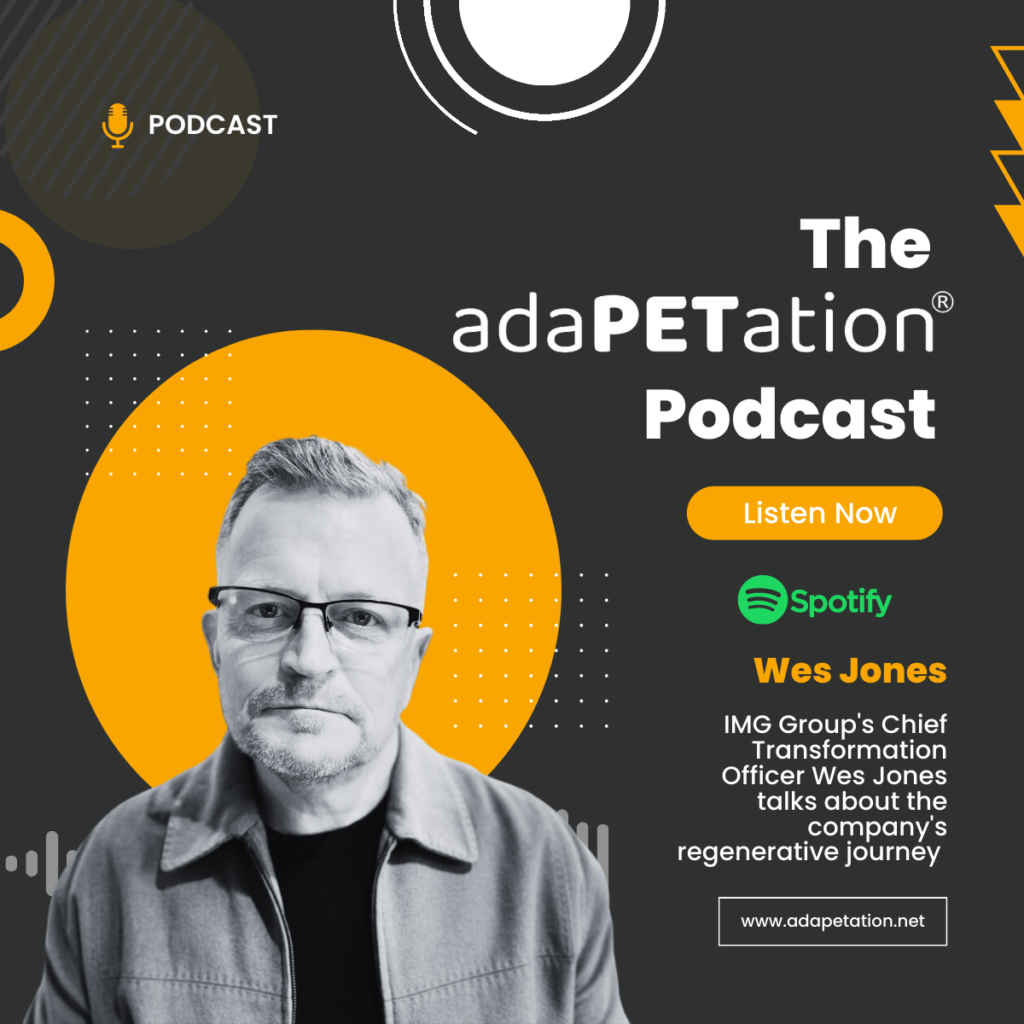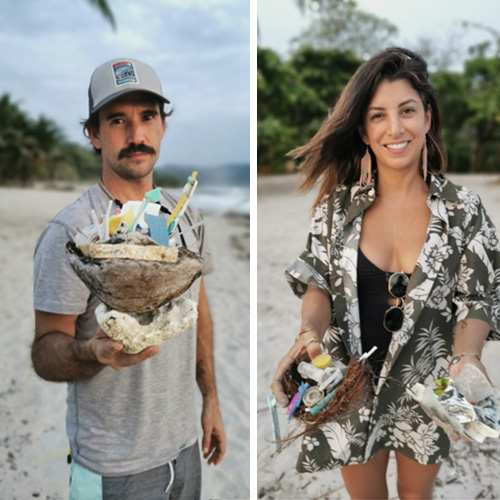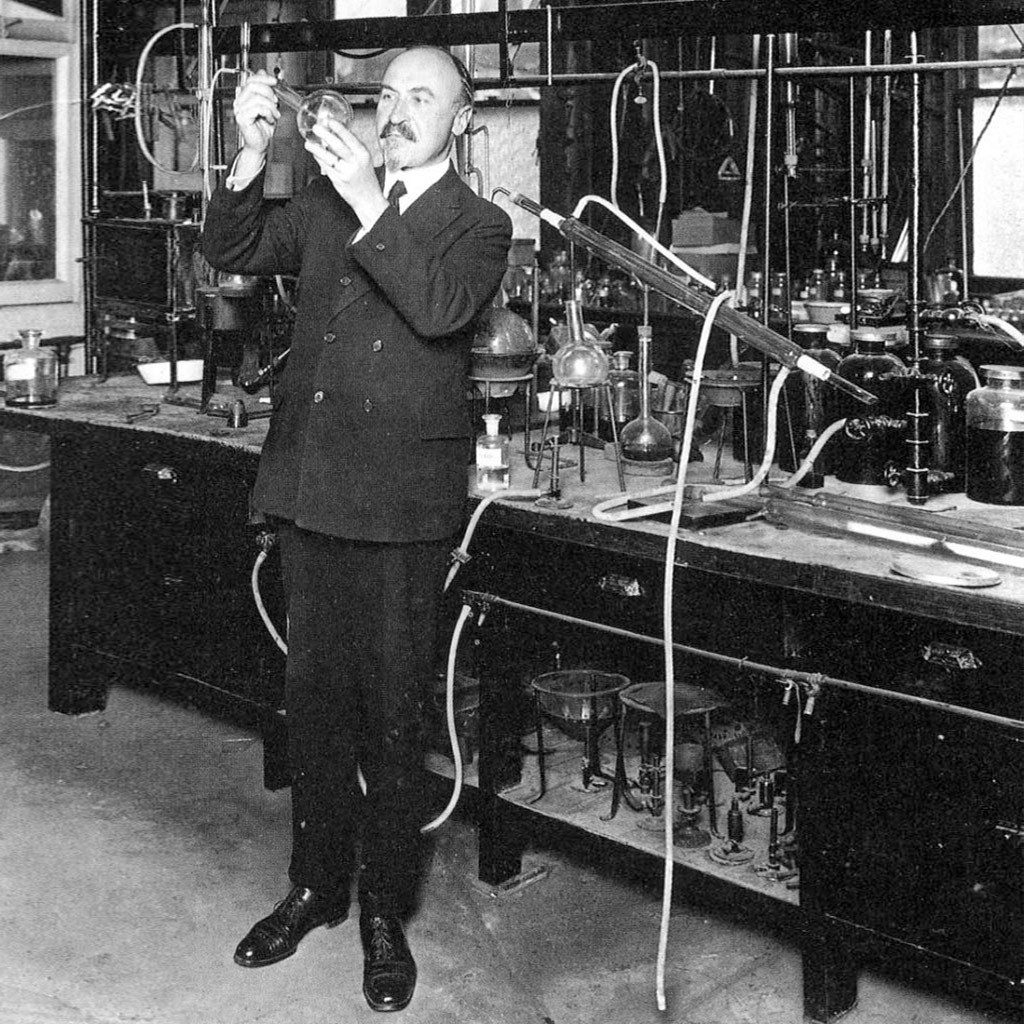
We spoke to Wes Jones, Chief Transformation Officer and Juan Villamayor Sustainability Officer at IMG group - the owners of packaging specialists Evertis and Selenis - about the experiences and challenges of moving the company and the industry in a regenerative direction.

Finding a regenerative path for the PET polymers industry is a difficult task and one that needs everyone pulling in the same direction. For many, plastic remains a controversial topic, largely due to the mismanagement of the material and the environmental fallout that results.
And yet this hasn’t stopped some from investing in taking the steps required to help the world appreciate the value the material can offer in shifting towards a more regenerative future.
In a bid to move beyond the blame game towards a conversation that focuses on plastic and its important role within the different systems that support life on earth. Learning from the experience of companies moving in a regenerative direction is a vital element of putting an industry-wide shift in place and lessons can be learned from companies like the IMG group, the owners of packaging specialists, Evertis and Selenis which are moving from a sustainable to regenerative outlook by copying from the principles of biomimicry.
The company embarked on a transition from a sustainability approach of do less harm towards a regenerative mindset in 2021. One element was the establishment of the adaPETation® network, in a bid to help the industry to find solutions to some of the problems it faces.
We asked IMG’s chief transformation officer, Wes Jones and sustainability officer, Juan Villamayor what had been the biggest hurdles to overcome and what had been the highlights of this experience for the company as well as to share the difficulties facing the PET polymers industry to move towards full circularity.
Juan Villamayor, the Systems Manager at Selenis, highlighted the importance of changing the mindset from reducing negative impact to concentrating on what is prone to produce positive impact. He stressed the need to embrace innovation and explore new approaches to the business model while keeping in mind that the company is part of a larger system. He emphasized that the responsibility of future fit companies is to produce a positive impact on people, planet, and society.
While Jones emphasized the need for the company to move from a sustainable to a regenerative approach, stressing the importance of increasing positive impact, rather than just reducing negative impact, and highlighted the exciting work being done on a circular economy for poly resins and films. Jones described the shift toward circularity as “an opportunity for us in a number of areas to move…into a more global stage,” and emphasized the need for personal commitment and qualities in a challenging environment.
Both Villamayor and Jones emphasized the importance of working with stakeholders in the plastic industry, including suppliers and customers.
”We’ve failed to have a much broader education to the external community about the value that properly managed plastics can bring to the applications, be at food average, the health industry,” said Jones. “So I think that conversation still needs to be expanded and not automatically just condemn plastic because it’s plastic because I think there is obviously a lot of good involved with them as well. So that part of the conversation I think needs to improve and then the the demand side for greater recycling greater sorting.”
Villamayor highlighted the need to build trust and transparency through communication of environmental impact and positive impact. Jones stressed the importance of being fact-based in decision-making, and the need to work transparently with suppliers and customers to increase recycled content and improve the circularity of end products.
Jones described the challenges facing the company as a “blending of personal commitment and qualities,” and stressed the need to move beyond just doing less harm to doing good while Villamayor highlighted the complexity of alignment in big companies with factories in different countries with different understandings and mindsets, and emphasized the need to get everyone on the “same wavelength to achieve regeneration”.
Despite these challenges, both Villamayor and Jones expressed optimism about the progress being made towards a regenerative approach to the plastic industry and Jones emphasized the importance for the leading figures in the industry to “work together to find proactive solutions for a sustainable future”.
Key to the industry winning the argument about the important role it can play, according to Villamayor is to install better recycling capacity where it’s needed. “I think the keyword is recycling. Recycling, awareness, recycling infrastructure, more recyclable materials. The word is recycling. This is the most important thing that we can do.”
Jones added that a deeper understanding needed to be reached about the positive impact of the material when managed well to help future generations make sense of the current situation moving into the future.
“To have conversations with the next generation because they will inherit the problems that we’ve got, and they need to be part of the solution,” he says. “We can’t avoid plastic, we need to work smartly with them and and make sure they’re part of our solution because they do provide, really good outcomes. We just need to manage them better in the future.”
If you like this content and would like to help close the loop on plastic waste then join the AdaPETation Network by clicking on the button below.
Share it
Useful Links
THE HISTORY OF PLASTIC
Throughout the history of plastic, PET has been crucial in keeping food fresh with lightweight and durable packaging solutions that have helped reduce food waste for almost a century. Learn all about the invention of plastic and the important role it has played feeding people and saving the lives of humans and elephants in the adaPETation® timeline of the history of plastic.





